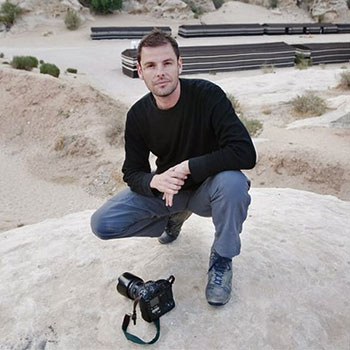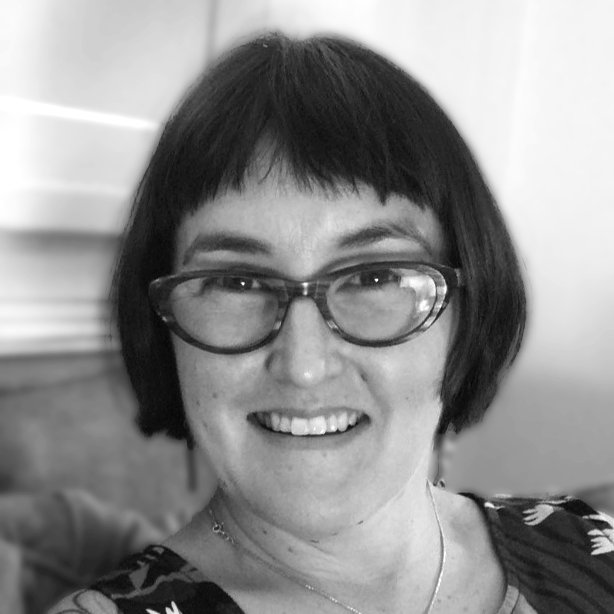
In Conversation with Natan Divr

Natan Dvir is a photographer who focuses on the human aspects of cultural, social and political issues. He received his MBA from Tel Aviv University and his MFA in Photography from the School of Visual Arts in New York, after which he became an adjunct faculty member at the International Center of Photography. Based in New York, he photographs around the world represented by Polaris Images agency and Anastasia Photo gallery.
Natan’s main projects were exhibited in many solo and group exhibitions in the United States, Europe, South America and Israel including the Museum of Fine Arts (Houston), Museum of Contemporary Art (Cleveland), Museo de Antioquia (Medellin), Christie’s (London), and Head On Photo Festival (Sydney).
His work has been published by leading international magazines including The New York Times, Der Spiegel, Paris Match, and Le Monde, among others. Natan’s work has received recognition, winning prizes around the world including the Picture of the Year, PDN Photo Annual and American Photography.
Who or what inspires you?
With the risk of sounding cliché, life itself inspires me. I’m fascinated by cultural phenomena’s, global processes and developments, and the social aspects of conflict in situations and communities. Photographically wise I love educating myself by visiting exhibitions and attending festivals as well as enjoying the huge breadth of work that is constantly coming though online media. It’s exciting to see and get inspired by new photography of great artists and leading emerging voices alike.
How did you get your first break in Documentary Photography?
I was working as an editorial and commercial photographer in Israel for two years before the government announced in late 2004 it would evacuate 25 Jewish settlements from Gaza Strip and the West Bank as part of the “Disengagement Plan”. I visited Gaza Strip every couple of weeks for a few months before I decided to do a project about a settlement called Shirat Hayam and document the last few months of its existence. I spent a little over 3 months with the 16 families that lived there until they were evacuated on Aug 18, 2005. It was a very powerful experience that taught me a lot and resulted in my first substantial body of work. Tell us what you are currently working on and your next story.
I am currently working on two new projects. I’ve always been fascinated by New York’s subway system. After trying to photograph it for many years I think I finally understood how I wish to explore it visually. I hope to be able to release this series by the end of the year or early next year. In addition, I am also working on a personal project about my family and the notion of “Home”. It all started during a heritage trip to Romania (my family’s homeland) that I went on last September with my dad and brother. It was a very powerful experience and I found myself directing the camera towards my family for the first time.
What advise can you give to aspiring Documentary photographers?
The two most important criteria for a good story is that you feel passionate about it and it’s important to you as well as that there is an audience for it. Be genuinely interested in your subjects and show them respect. It should reflect both in your behavior and your photography. Do not think about what people might want to see and focus on how you want to photograph it. Your personal voice is important. Having said that, try to get feedback on your work during the process and improve according to advice and recommendations you appreciate.
Share it around…






